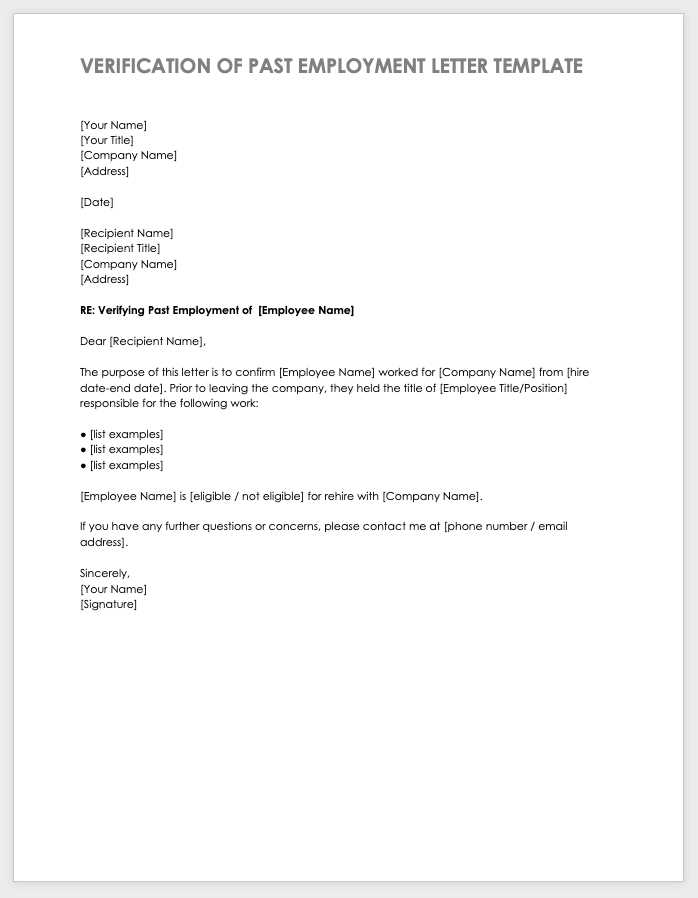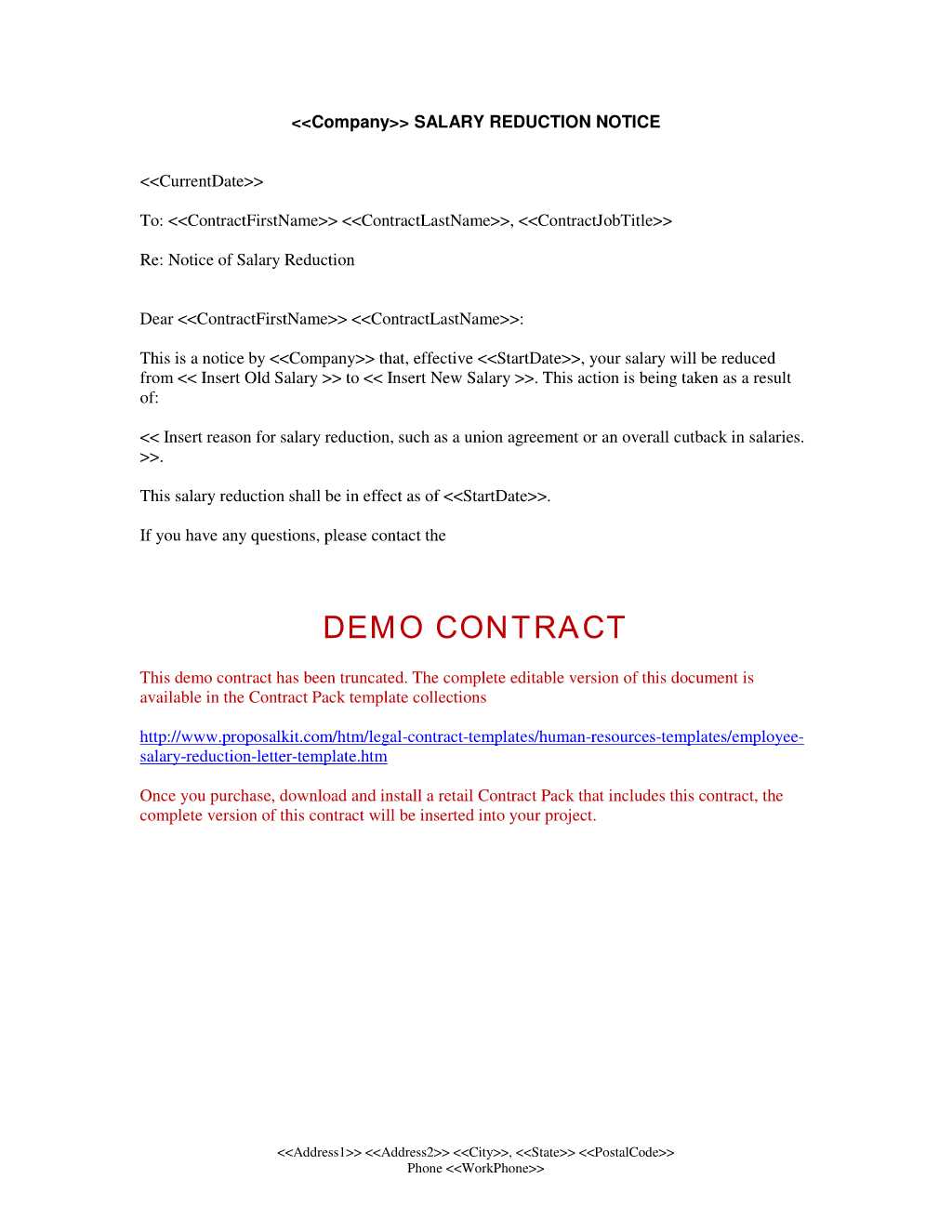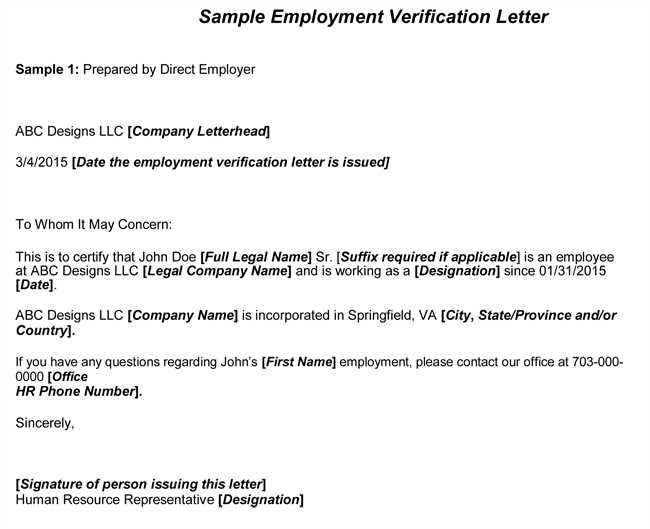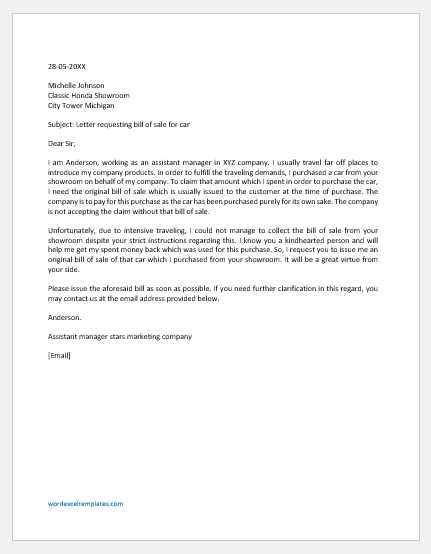Reduction of Hours Letter to Employer Template

When personal or professional circumstances require you to adjust your work commitments, communicating effectively with your supervisor is essential. Whether you’re looking to reduce the number of days or shift your working hours, a well-crafted request is crucial for maintaining professionalism while addressing your needs. Understanding the key components of such a request can help ensure that both you and your manager can come to an agreeable solution.
Clear communication is at the heart of any workplace change. It’s important to express your situation in a way that is both respectful and transparent. By carefully outlining your reasons and proposing a feasible alternative, you demonstrate consideration for the business’s needs while seeking a balance with your own.
Before drafting your request, take time to reflect on the timing, method, and tone. A well-structured approach can improve your chances of receiving a positive response, helping you navigate the conversation smoothly. This section will provide the necessary guidance on crafting an appropriate request and ensuring that your intentions are clearly understood by your supervisor.
How to Write a Reduction Request
When you need to adjust your work schedule, crafting a clear and professional message is key to conveying your request effectively. It’s important to express your needs while being mindful of the impact on the organization. A well-structured approach helps to maintain a positive relationship with your supervisor and ensures that your proposal is taken seriously.
Start with a Polite Introduction
Begin your communication by addressing the recipient respectfully and explaining the purpose of your request. Be concise, but make sure to briefly describe why you’re seeking a change in your work routine. This part should set a positive tone and show that you value your position and responsibilities.
Provide Details and Offer Solutions
Clearly explain your circumstances and provide a reasonable proposal for how your schedule might change. It’s essential to offer an alternative plan that minimizes disruption to the team and highlights your commitment to the company. This demonstrates that you’re not only considering your personal needs but also the business’s requirements.
Key Elements of a Professional Letter
To communicate effectively with your supervisor or manager, your message must be well-structured and demonstrate professionalism. A formal request should contain several key elements to ensure clarity and convey your intentions respectfully. Each part of your message serves a specific purpose, and understanding these components is essential for achieving a positive outcome.
Clear and Concise Opening
The introduction should immediately state the reason for your communication. This is where you clearly indicate the request you’re making without unnecessary elaboration. By keeping the opening direct and to the point, you ensure that the recipient understands your intention from the start.
Respectful and Thoughtful Tone
A professional message should always maintain a respectful tone. Even if you’re asking for a change, it’s important to frame your request thoughtfully. A polite approach shows that you acknowledge the other person’s perspective and remain considerate of their needs. Always express gratitude for the opportunity and any support your supervisor can offer in response to your request.
Important Considerations Before Requesting Reduced Hours
Before asking for any adjustments to your work schedule, it’s important to carefully evaluate your reasons and the potential impact on the company. Taking time to consider your needs and how they align with your role within the organization can help you make a well-informed decision. Proper preparation ensures that your request is not only justified but also presented in a way that is likely to be accepted.
Assessing the Impact on Your Team
Any change in your work pattern could affect the workflow of your colleagues and the overall productivity of the team. It’s essential to anticipate how your absence or reduced availability might disrupt operations. By identifying potential solutions, such as adjusting deadlines or redistributing tasks, you demonstrate that you’re proactive and considerate of the team’s needs.
Evaluating Company Policy and Workload
Before submitting your request, review the organization’s policies on flexible work arrangements. Some companies may have specific guidelines or restrictions in place. Additionally, consider the current workload and whether it’s an appropriate time to make such a request. Being mindful of busy periods or upcoming projects can increase the likelihood of your proposal being accepted.
Understanding Employer’s Perspective on Hour Reduction
When considering any request to modify your work commitments, it’s crucial to understand the potential concerns and considerations your supervisor may have. Employers need to balance the needs of their team with the demands of the business. By taking their perspective into account, you can craft a request that addresses potential concerns and shows you are aligned with the organization’s objectives.
Key Factors Employers Consider
Your supervisor will likely consider several key elements before agreeing to any changes in your schedule:
- Operational Impact: Will your absence or reduced availability affect the efficiency of daily operations?
- Team Dynamics: How will your reduced involvement impact the workflow of your colleagues?
- Business Needs: Is your presence necessary for ongoing projects or seasonal demands?
- Long-term Effects: How might the change affect your role and future opportunities within the organization?
Proposing Solutions to Address Concerns

Employers are more likely to approve a request when it’s clear that you’ve thought about the broader impact. Consider proposing solutions that help mitigate any potential downsides:
- Offer to adjust your availability during peak periods or provide assistance with critical tasks.
- Suggest a trial period to assess how the change affects your performance and team dynamics.
- Be open to negotiating the specifics of the change to meet both your needs and the company’s priorities.
Steps to Take After Submitting Your Letter
Once you’ve made your request, it’s important to follow up in a way that reflects professionalism and patience. The process doesn’t end with sending your message; there are several steps you can take to ensure your proposal is handled appropriately and that communication remains open. By staying proactive and understanding of the time it may take to review your request, you can maintain a positive relationship with your supervisor.
Follow Up Professionally

After submitting your request, allow sufficient time for your manager to review the details. If you haven’t received a response within the expected time frame, consider sending a polite follow-up. In your message, express appreciation for their consideration and inquire if any additional information is needed. This shows respect for their time while reinforcing your interest in the change.
Be Open to Discussion

Prepare for the possibility of further discussion regarding your proposal. Be open to feedback or suggestions for adjustment. A willingness to negotiate can demonstrate your flexibility and increase the chances of finding a solution that works for both you and the organization. Remember, your manager might have concerns or alternative suggestions that could help meet your needs while maintaining operational efficiency.
Common Mistakes to Avoid in Your Request
When submitting a request to change your work schedule, it’s easy to make mistakes that could impact your chances of a positive response. By being aware of common pitfalls, you can ensure that your message is clear, respectful, and well-received. Avoiding these mistakes will help you present a thoughtful proposal that reflects professionalism and consideration for the business’s needs.
Being Too Vague or Indirect
One of the most frequent errors is failing to be clear about the specifics of your request. Avoid vague language or leaving too many details to interpretation. Be explicit about what changes you need and, if applicable, offer a suggested timeline. A well-defined request is much more likely to be understood and taken seriously.
Failing to Consider Business Needs
Another mistake is neglecting to address the company’s perspective and needs. While your personal reasons are important, it’s essential to show that you’ve considered how your absence or adjusted availability might affect the organization. Proposing solutions or demonstrating flexibility can help alleviate concerns and increase the likelihood of a favorable response.